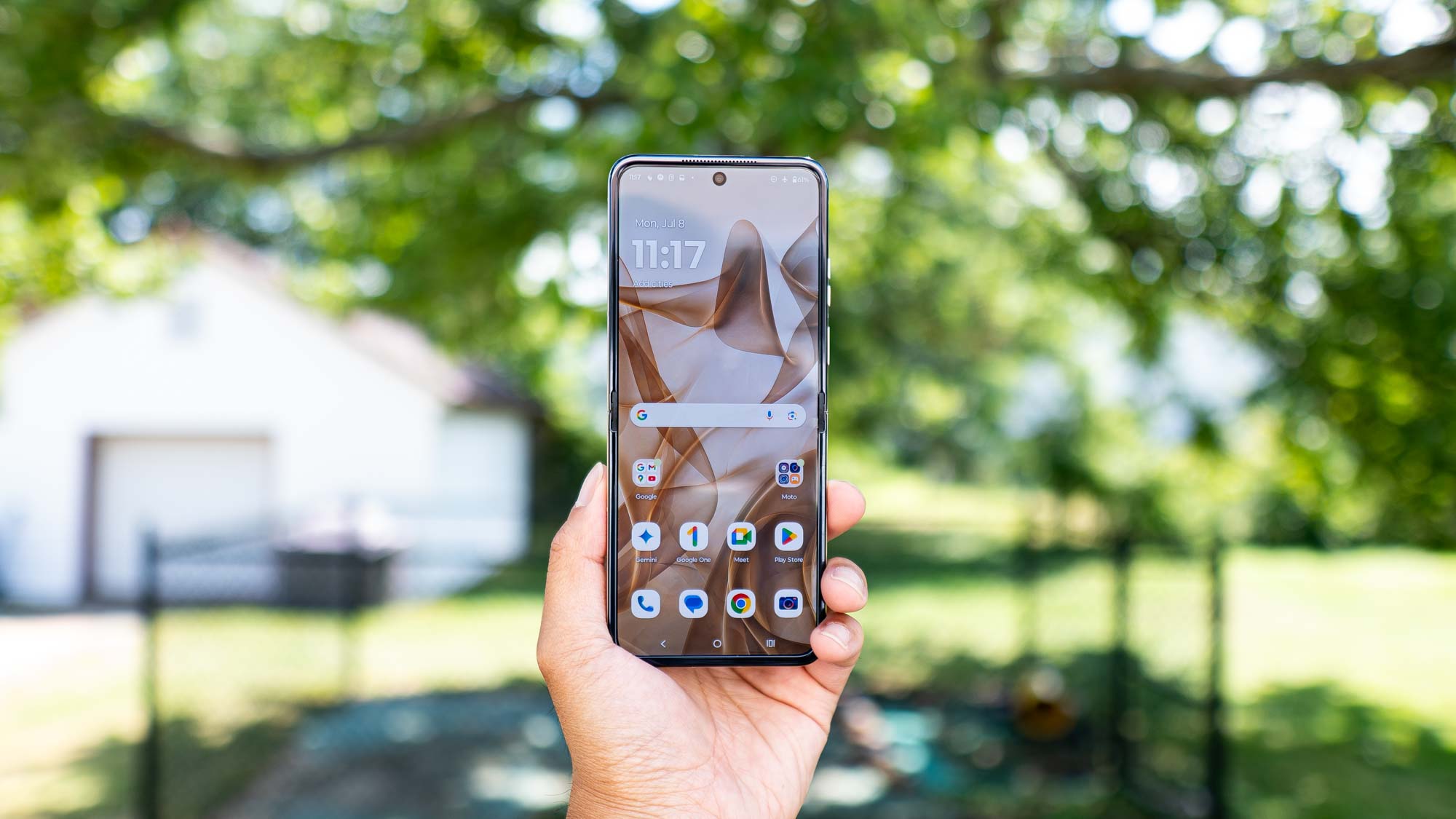
When Motorola rolled out the Razr 2023, it inadvertently ushered in a new era for foldable phones. That’s because for the first time ever it didn’t have the $999 starting cost that all previous flip style phones had up until that point. With the new Motorola Razr 2024, it intends to break down more barriers thanks to the bigger upgrades it’s getting — while still undercutting other foldables on price.
After spending a whole week with the Motorola Razr 2024, I think it's be best foldable phone for most people. In addition to its other updates, it shares a lot of the same design cues as the more ‘premium’ Razr Plus 2024 — like a much larger outer screen than last year’s model — and only costs $699.
In my Motorola Razr (2024) review, I’ll dive into all the reasons why I think it’s the best foldable phone around. If you’ve held out on buying a foldable phone up until now, it’ll give you reason to finally make the switch.
Motorola Razr 2024 review: Specifications
Motorola Razr 2024 review: Price and availability
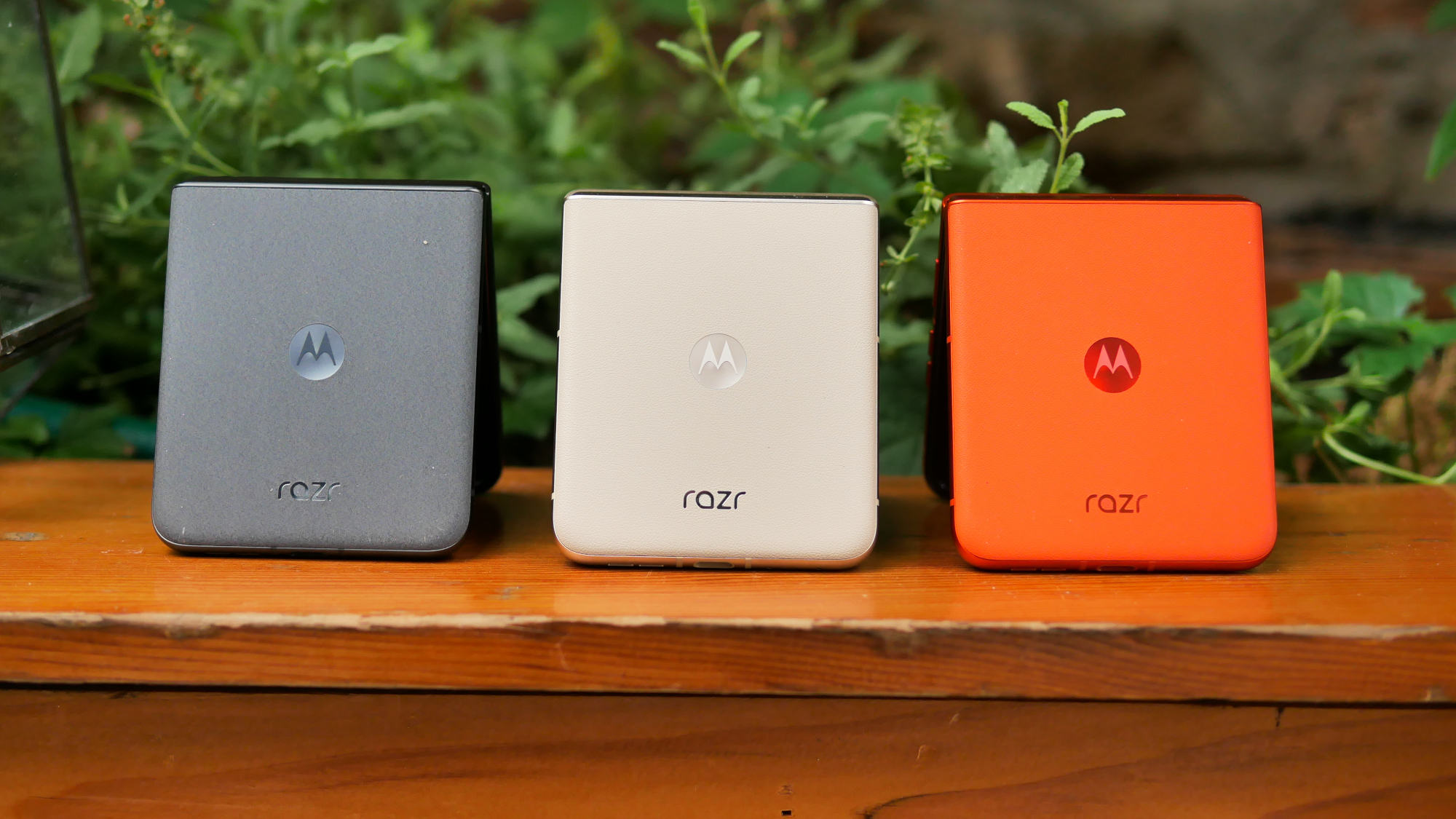
Thankfully, Moto’s keeping its price firm at $699, which should give all other foldable phone makers something to strive for. Although it’s technically not pushing through a price barrier, it’s still a compelling device given how no one else has a flip style phone of this caliber.
Motorola Razr (2024) preorders in the U.S. start on July 10 through T-Mobile first, followed by a general release of the unlocked model on July 24 at Amazon, Best Buy, and motorola.com — while carrier versions will be at T-Mobile, Consumer Cellular, and Xfinity Mobile at first starting on July 24 as well. Later in the summer, it’ll be expanded to Cricket, Spectrum Mobile, Straight Talk, Total by Verizon, Visible, Google Fi, Wireless, Optimum Mobile, and US Cellular on July 25.
Only a single model will be available, which comes with 256GB of UFS 2.2 storage and 8GB of LPDDR4X RAM. The storage amount is absolutely generous in my opinion, given how there are still many phones stuck with 128GB base storage. I also love how it’s being offered in three fun colors consisting of Koala Grey, Beach Sand, and Spritz Orange.
Motorola Razr 2024 review: Design
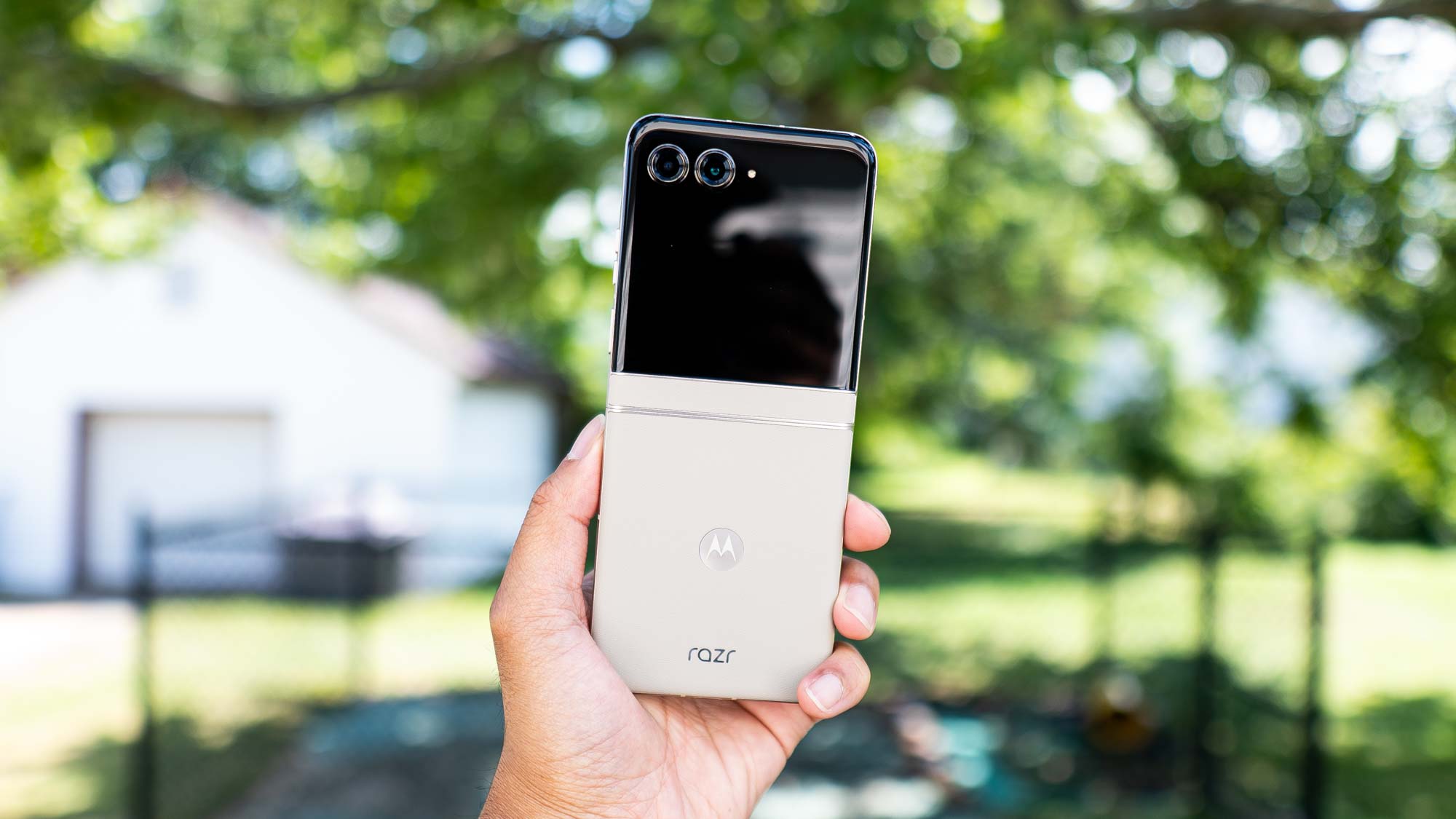
This is a dramatically different phone over last year’s model. While it certainly draws comparison to last year’s Razr Plus 2024 due to how it shares a similar sized 3.6-inch outer screen, there are improvements with the design that makes it a refreshingly different phone.
There’s a tremendous focus on giving it a stylish design, highlighted by its two-toned finish and vegan leather casing, which admit attracts just as much attention as the Razr Plus 2024. With its contoured edges and lightweight feel, it also feels good to hold.
For a $699 foldable phone, there are no compromises either to how it’s constructed. It’s not flimsy at all, including with its folding mechanism, since it has that satisfying snap whenever I open or close it — like the feeling I used to get with flip phones of old. It also gets the same treatment as the Razr Plus 2024 because it features Gorilla Glass Victus over the outer screen, as well as an improved IPX8 water resistant design.
Motorola Razr 2024 review: Display

The most compelling aspect of the Razr (2024) is how Motorola went bigger with the outer display, which now stretches out to a more useful 3.6 inches. Really, this is what sets it apart from its predecessor the most. It makes a difference, too, because it unlocks new utility that the previous model doesn’t offer — like the ability to better capture selfies with the rear cameras, running full apps on the phone, and a desk display mode that leverages its always-on display when it’s positioned in tent mode.
You really couldn’t interact much with the outer screen with last year’s model, but this time I’m able to do a lot of things without actually having to open the phone. Many apps scale nicely on the outer screen, while typing on the keyboard with the outer screen is doable. For creators and just about anyone who loves photography, the larger outer screen simply lets them take better content with the rear cameras — instead of relying on the front-facing one.
Equally as compelling is its 6.9-inch FHD+ pOLED inner display, which like the Razr Plus (2024) is rated to get up to 3,000 nits. In our benchmark testing, it actually reaches an impressive peak brightness of 2,104 nits. I didn’t believe at first that it was a brighter screen than the Razr Plus 2024, but it became apparent once I took both outside and noticed the Razr 2024’s brighter panel under direct sunlight.
Beyond that, I suggest switching to the Vivid display profile because the default one out of the box subdues the colors a bit — so I prefer the more saturated tones of Vivid for watching YouTube clips. With its redesigned hinge, the crease looks much more subdued while delivering a much more responsive action when closing and opening it up.
Motorola Razr 2024 review: Cameras

I’m still disappointed that the Razr Plus 2024 ditches the ultrawide camera in favor of a telephoto one, but I’m happy to say that the standard Razr keeps the arrangement I’m used to with a 50MP main camera paired with 13MP ultrawide.
While the Razr 2023 featured a 64MP main camera, don’t think for a second that it’s a downgrade because this setup makes it more conducive for vlogging, self recordings, and group photos because the ultrawide lets me capture more of the scene. And just like the Razr Plus 2024, the camcorder mode has been revamped to capture 4K 30fps and 60fps videos in either vertical or horizontal positions.
The Razr (2024) also benefits from the same camera AI features as the more premium Razr Plus, offering the same photo enhancement engine to improve photo quality and adaptive stabilization for smoother videos, and an upgraded photo booth mode that works with both the inner and outer displays.
I can’t stress enough that there’s a $300 gap between the Razr 2024 and Razr Plus 2024, which inherently should give the Plus an advantage. Yet, when I look at the photo I shot above with the main camera, the Razr 2024 holds its ground. Even though the colors are a little subdued and its dynamic range performance isn’t as good in the shadows, I still think it composes a pleasant photo of this daytime scene.
Selfies from its 32MP front-facing camera makes me look washed out compared to the even exposure seen with the Razr Plus 2024’s snapshot. However, it captures just the same amount of detail and sharpness throughout the photo.
Again, the Razr 2024 holds up against the better Razr Plus 2024 in the portrait photos I shot of myself above. While the Plus has better qualities, the standard Razr still does an excellent job at isolating me from the background. It just casts this odd reddish hue with my skin tone, whereas the Plus delivers a more natural one.
Since it has an ultrawide camera, the Razr 2024 has a dedicated macro mode that allows me to get much closer to a subject than the Razr Plus 2024. The only advantage it has is that it has a wider focus range, which keeps the details around the flower more in focus than the Razr Plus.
While the two photos above with bottles of wine against the wall look very similar, a closer inspection reveals the obvious — the Razr Plus 2024’s dedicated zoom camera pulls in more detail. It’s hard to see it unless you really zoom into the labels on the bottles, but they look a bit more smudgy with the Razr 2024. Still, I will have to admit that using the digital zoom with the main camera can still deliver good results.
Low light performance is still a struggle for the Razr 2024, largely for the fact that it doesn’t brighten up the scene as much as the Razr Plus 2024. I can barely make out my detached garage in the background because it’s so underexposed. I suspect this is intentional to minimize the noise — which was a big problem with last year’s Razr Plus 2023.
Video recording tops out at 4K 60fps, but unlike the Razr Plus 2024, there’s no option to shoot in HDR. Nevertheless, the clip I shot above at 4K 30fps has a lot of good qualities to make it a reliable video shooter. Details are nice and crisp throughout the clip. It did struggle in the highlights a bit — which made some area of my lawn overexposed.
Motorola Razr 2024 review: Performance
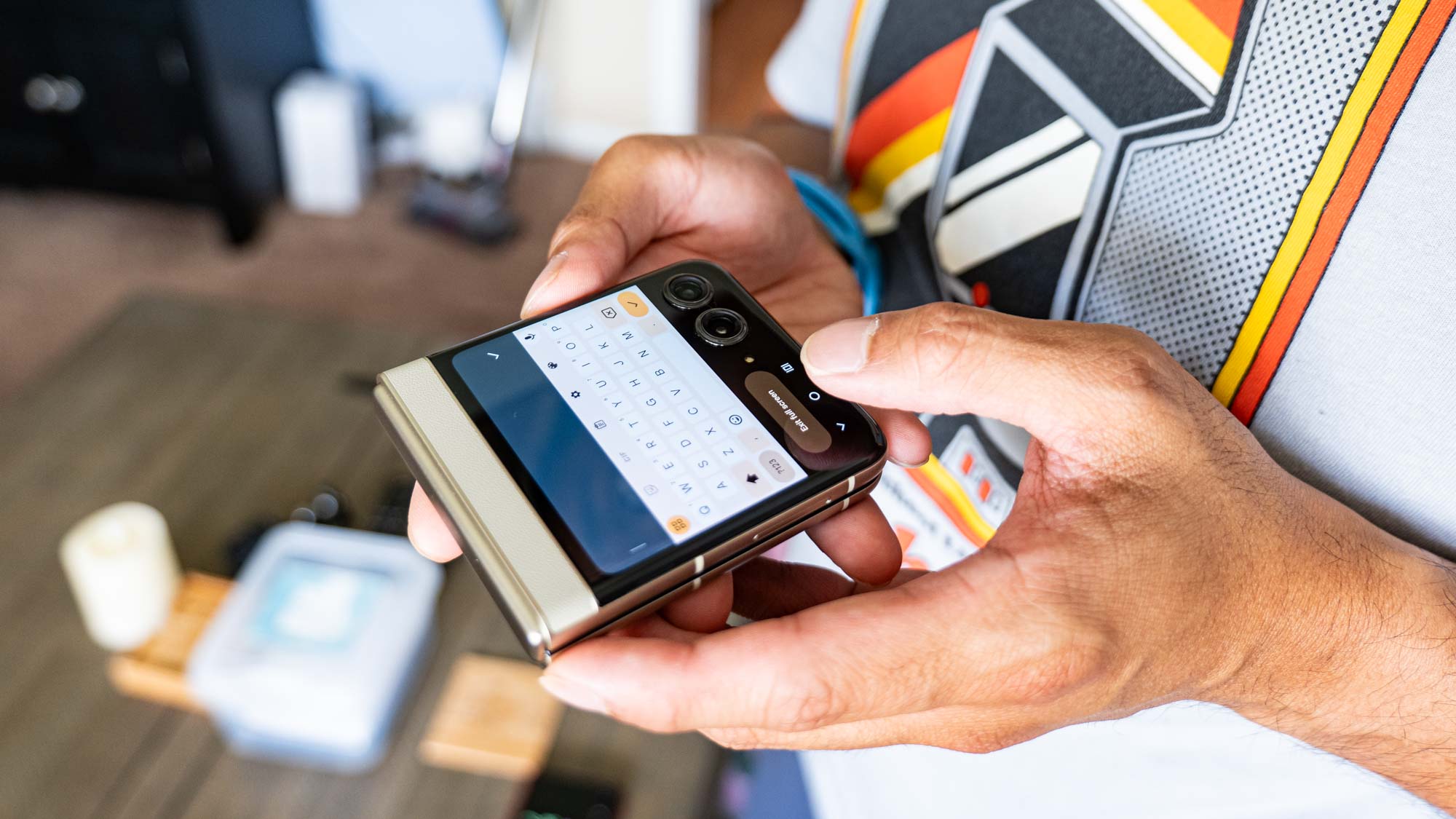
The biggest difference between the two new Razr phones is that the standard Razr (2024) gets a MediaTek Dimensity 7300X chip, as opposed to the Snapdragon 8S Gen 3 in the Razr Plus (2024). I don’t see a tremendous difference in how they perform with baseline operations such as opening apps or navigating around the interface, which helps when the Razr 2024 features a dynamic refresh rate of up to 120 Hz.
Benchmark scores actually reveal that the Dimentsity 7300X doesn’t make any considerable gains over last year’s Razr powered by the Snapdragon 7 Gen 1 chip. Its GeekBench single and multicore scores of 1,055 and 2,999 aren’t different from its predecessor’s scores. Meanwhile, GPU performance also doesn’t get a boost with a frame rate of 18.97 fps with 3DMark’s Wild Life Unlimited test.
I did run a couple of games on the Razr 2024, and while it does get a little hung up on a couple of intense battle scenes with Age of Origins, I do like how there’s access to the gaming toolkit to get the best gaming performance possible with Turbo mode. I experience fewer hang ups in this mode.
Motorola Razr 2024 review: Software and AI
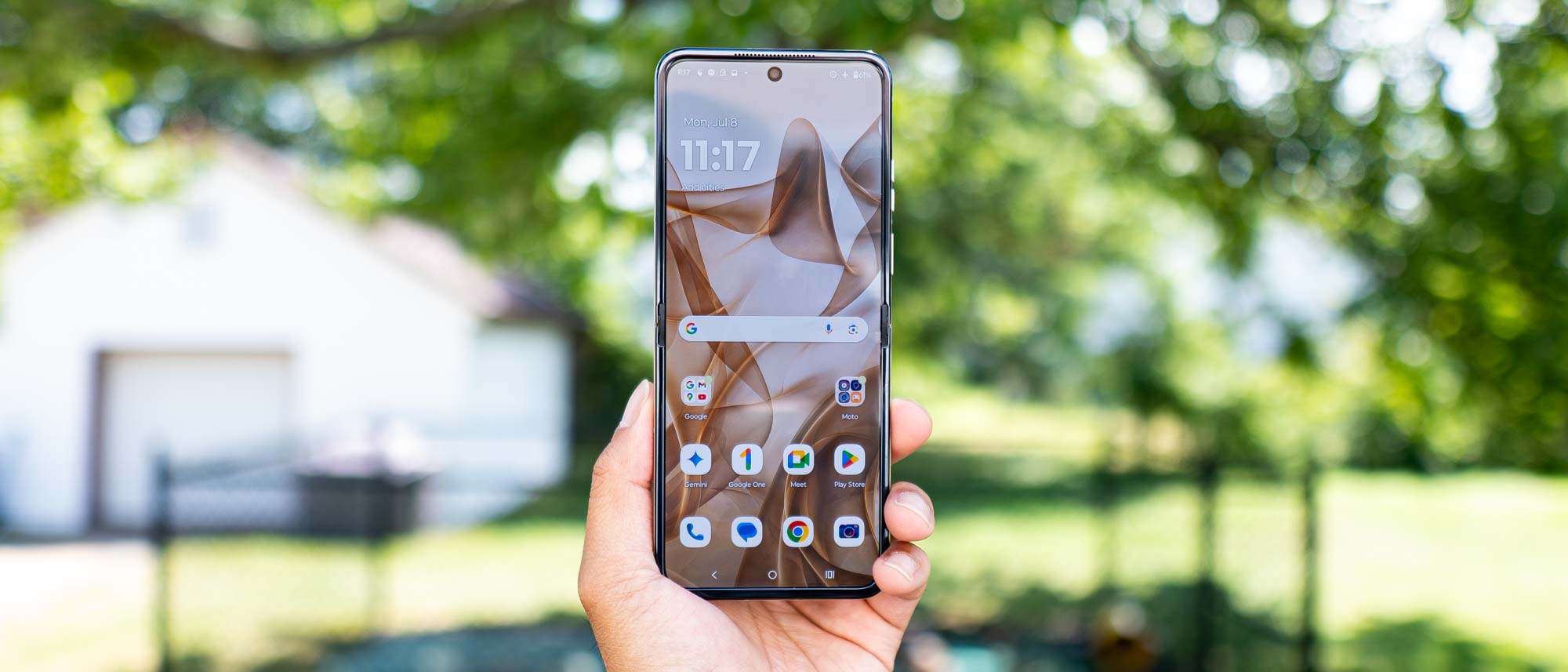
Sharing the same Moto Hello UX software running on top of Android 14, I didn't see much difference in the software between the Razr (2024) and Razr Plus (2024). That’s great because I love how there’s even more personalization available with the new outer display, while also being able to access the same gestures I’ve grown accustomed to using in many Motorola phones like the chopping gesture to instantly turn on the flashlight.
Not surprisingly, Motorola is jumping on the AI bandwagon; the Razr (2024) comes with Google Gemini and it can also be accessed directly from the external display. If you’ve used the AI assistant, then you know how it can be helpful at providing tips and recommendations based on your inquiries. You’ll also have access to three months of Gemini Advanced for free for even greater functionality, which also includes 2TB of cloud storage.
While Gemini is handy, the only downside about the Razr (2024) is that it doesn’t get the full set of Moto AI features that will eventually come to the Razr Plus (2024) — this is the biggest difference between the two phones. It’s difficult to say how effective these new Moto AI features are until I get to try them out more, but I do like how it could better streamline simple tasks like all the notifications on my phone.
Another gripe I have about the software is that Flex Mode extends to a few apps, like YouTube and the camera app. I was hoping to find more apps leveraging flex mode with optimized layouts, but it’s disappointing especially when I try watching video clips in Google Photos and the video plays right in the middle of the display with the crease running down the entire clip.
Unfortunately, software support is much shorter compared to what we get in other flagship models. Major Android updates top out at 3 years, while security updates get 4 years. This pales in comparison to the 7 years we get in other phones, like the cheaper Pixel 8a.
Motorola Razr 2024 review: Battery life
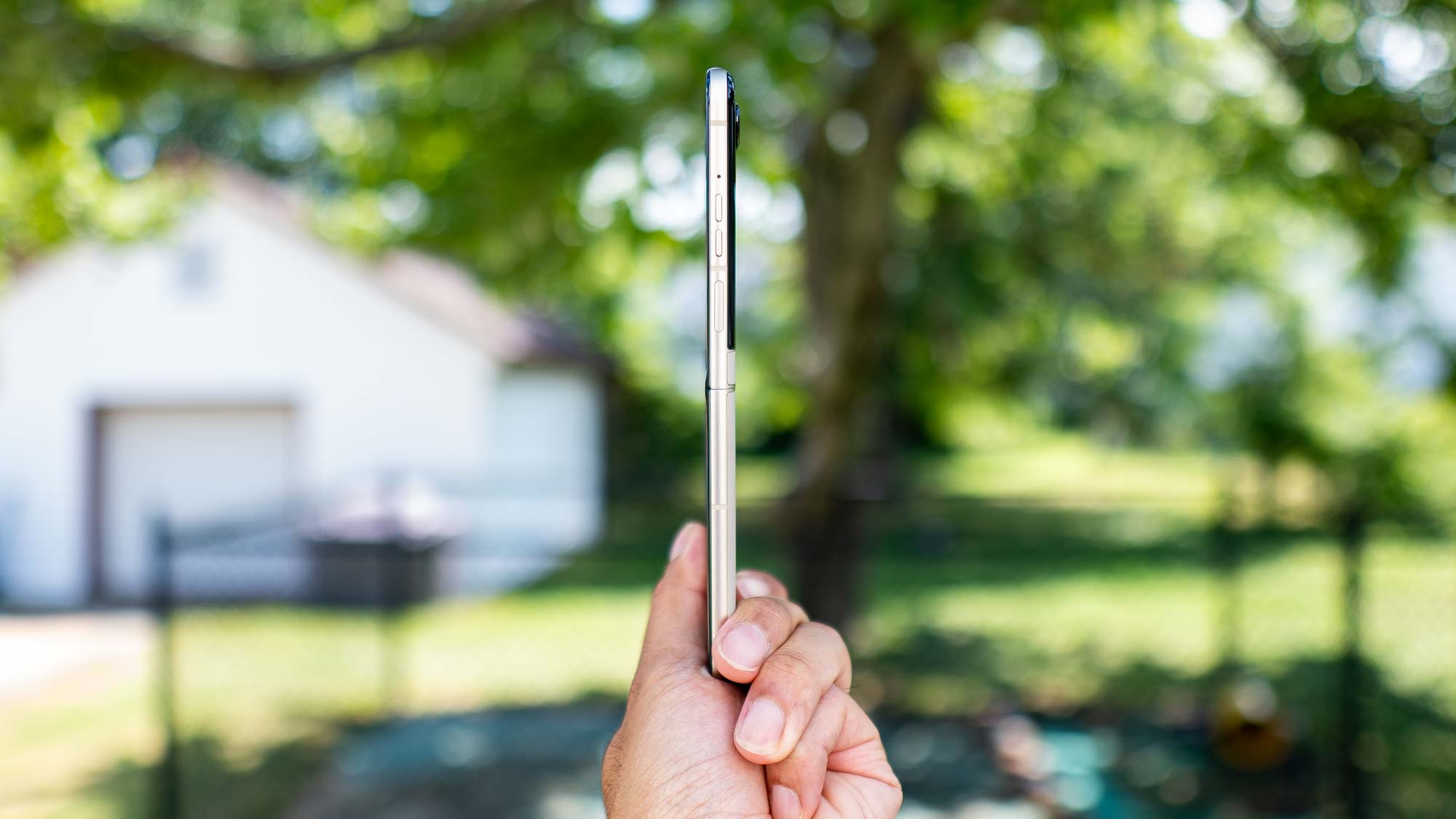
Even with its slim design, the same 4,200 mAh battery as before is still stuffed inside of the phone, which manages to not only beat last year’s Razr 2024 in Tom’s Guide’s battery drain test — but also its sibling in the Razr Plus 2024. In fact, it reaches a time of 14 hours and 37 minutes. That’s a tremendous improvement over the 10 hours and 48 minutes clocked in by its predecessor running the same test, and even better than the Razr Plus 2024’s time of 14 hours and 13 minutes. While not enough to approach the top of the phones with the best battery life, it's still in the running.
In my day-to-day, I’ve seen its battery drop to around 35% each night after a solid day of normal use. That’s better than average from other phones I’ve tested, which is even more impressive considering how razor thin it is.
When it comes to recharging, the Razr 2024 features 30W TurboPower charging through its USB-C port, while also improving its wireless charging speed to 15W. Using a 45W power adapter, its battery level got to up to 58% after 30 minutes of charging. That’s not too shabby in my book, especially if you’re in a pinch and need to get as much charge as possible in a short time.
Motorola Razr (2024): Verdict

Motorola is setting a new benchmark for all foldable phones this year with the Razr (2024). For a foldable phone priced at $699, it receives a much more satisfying upgrade in my opinion than the pricier Razr Plus 2024 — complete with a new outer screen that expands its functionality, an attractive design with better water resistance, and an improved camera performance. Sure, it’s missing out on the Moto AI features that will eventually make their way to the Razr Plus 2024, but the savings it has over it and other foldable phones makes it attractive.
Best of all, I cannot stress enough about how it sets a benchmark because of its price. You won’t find any other foldable phone that offers better value than this. I know that software support could be better, but its cheaper price point paired with its laundry list of excellent features make it a solid option.







